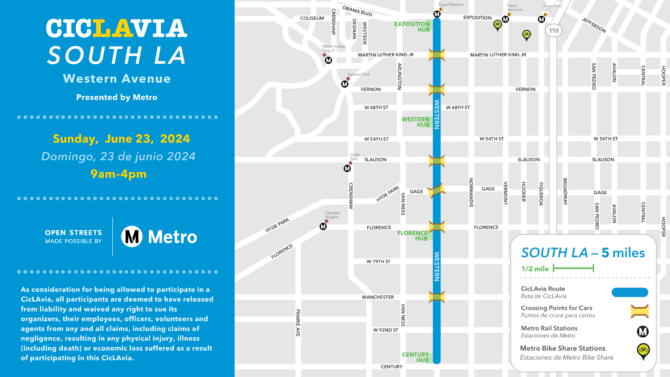From CAMTB.org
Sacramento, CA (June 10, 2024) – The California Mountain Biking Coalition (CAMTB) is thrilled to announce the passing of Assembly Concurrent Resolution 152 (ACR 152) by the California State Assembly. ACR 152 designates June 2024 as “California Mountain Biking Month.” and recognizes the deep roots mountain biking has in California as its birthplace. ACR 152, originally authored by Assemblymember Damon Connolly and Senator Brian Jones, is sponsored by the California Mountain Biking Coalition. The bill received broad support, picking up fifty-nine (59) additional co-authors prior to the Assembly vote on June 3, including principal co-author Assemblymember Gail Pellerin (28th District).
ACR 152 now moves on to the California State Senate for the anticipated final approval. The legislation is Bipartisan, or authored and widely supported by both democrats and republicans alike; and Bicameral, or residing in both state legislative bodies. Additionally, it highlights the numerous benefits mountain biking and sustainable trail design provide to Californians and communities across the state, including mental and physical wellness, economic uplift, environmental protection, and community development.
The resolution cites mountain biking as a health-promoting activity that builds cardiovascular fitness, strength, and endurance. It also underscores the mental health benefits of mountain biking and its ability to reduce stress and foster community. The resolution points to the significant volunteer efforts of mountain biking clubs and organizations that maintain trails and support public lands. It also notes the major economic impact of mountain biking, contributing over $2.3 billion to California’s economy annually.
Photo by Mauricio Gutiérrez on Unsplash











